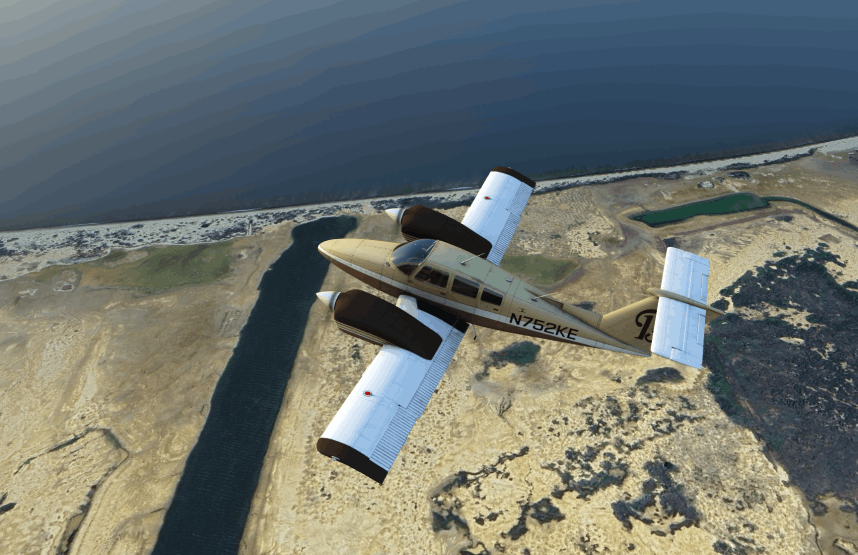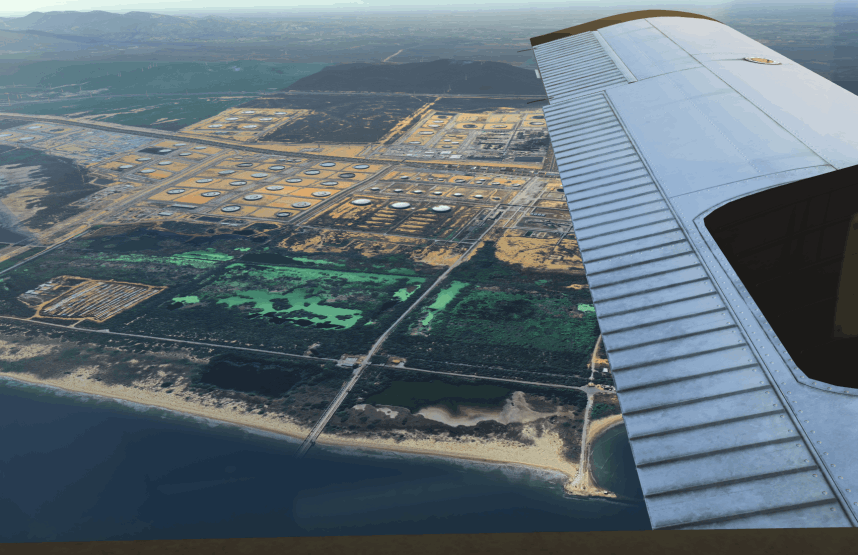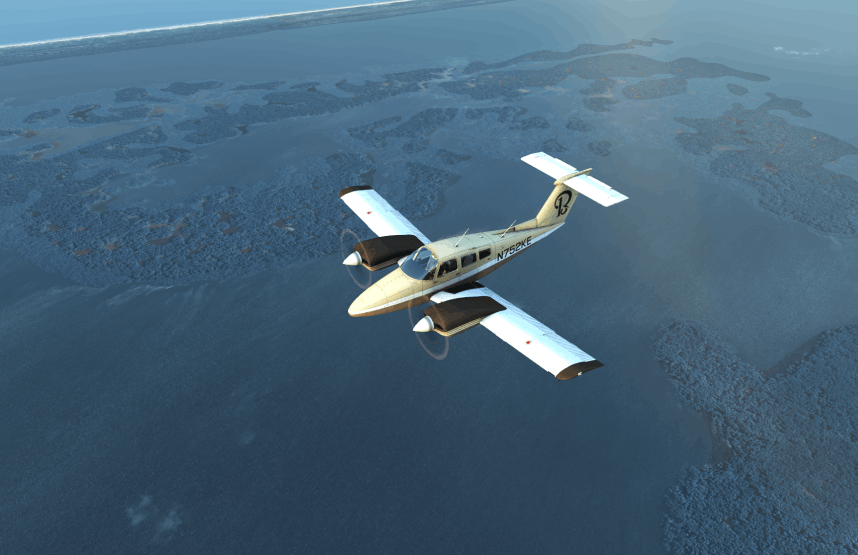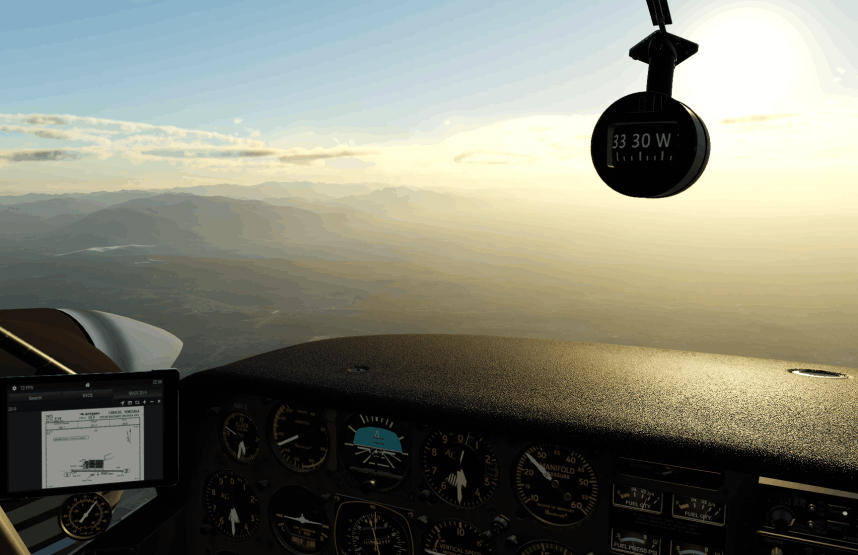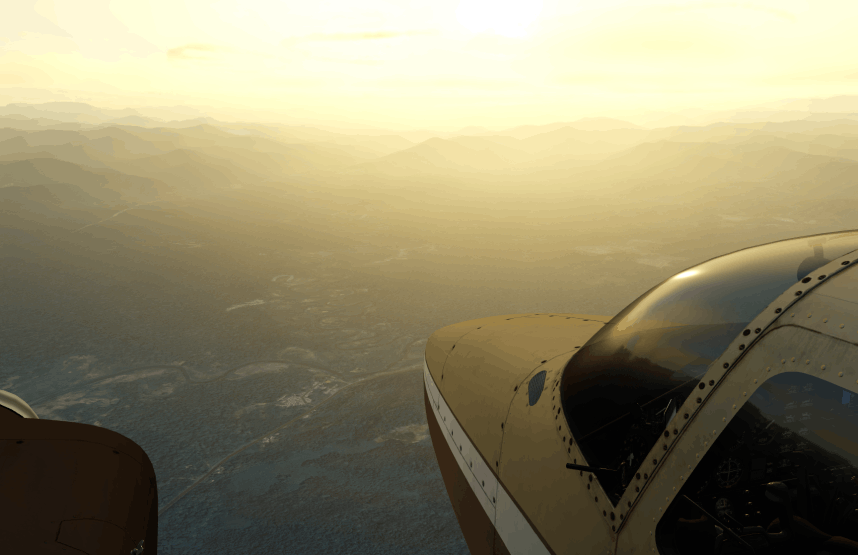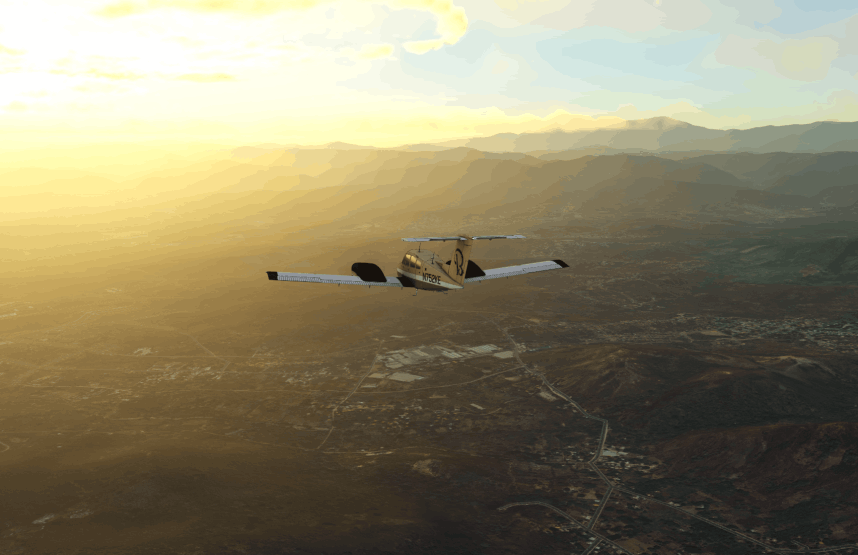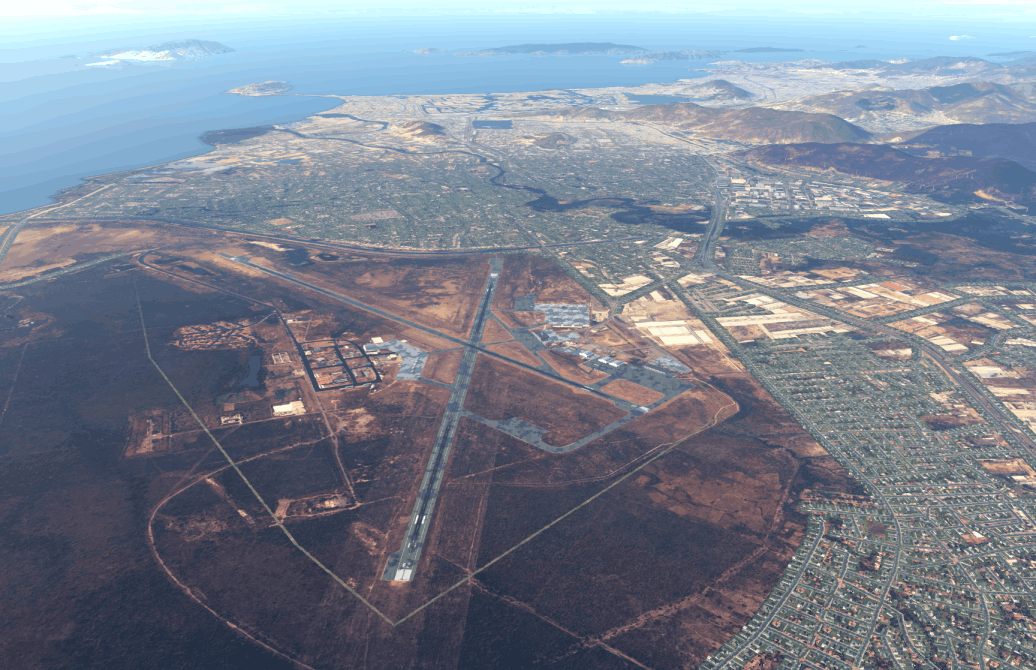
This Barcelona may not be as famous at the other, but it is definitely in a great location, with fantastic scenery.
Well, I am not yet losing my marbles. There was, indeed, a small vibration after my encounter with the carb ice in the previous leg. It turns out that the right engine carb heat valve was stuck slightly open due to a rusty spring. The good news? It is a simple component that could be swapped out in a matter of two hours. The better news? The mechanic accepted Bitcoin payment. And the bad news? It set me back $2,442.
In order to recoup this expense, I decided to make myself available to transport more 'Sociedad de Tareros de Venezuela' passengers this evening. I'm tired from this morning's two legs, but there are three passengers and a bag of cargo wanting to go to Charallave tonight in exchange for $2,872.80. Given my expensive afternoon, it seems like the 126 mile flight isn't a bad idea. The afternoon rain has given way to clearing evening skies, so what the heck - let's go for it.
I make a quick introduction to my new passengers, load the canvas sack and the luggage in the cargo hold and get crackin'. Welcome aboard (checks notes) Sociedad de Tareros' flight to Charallave, folks.





